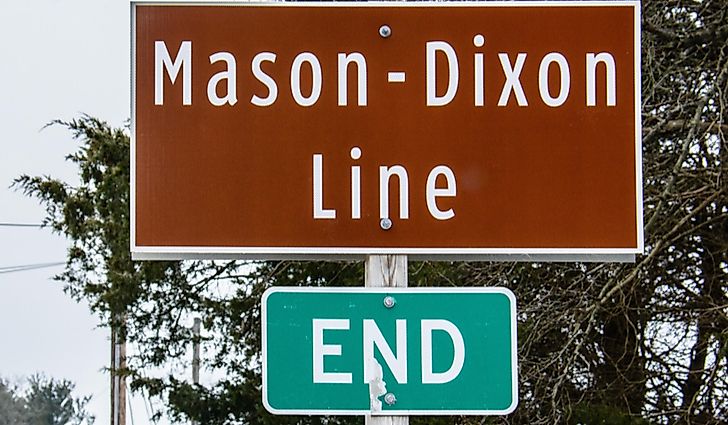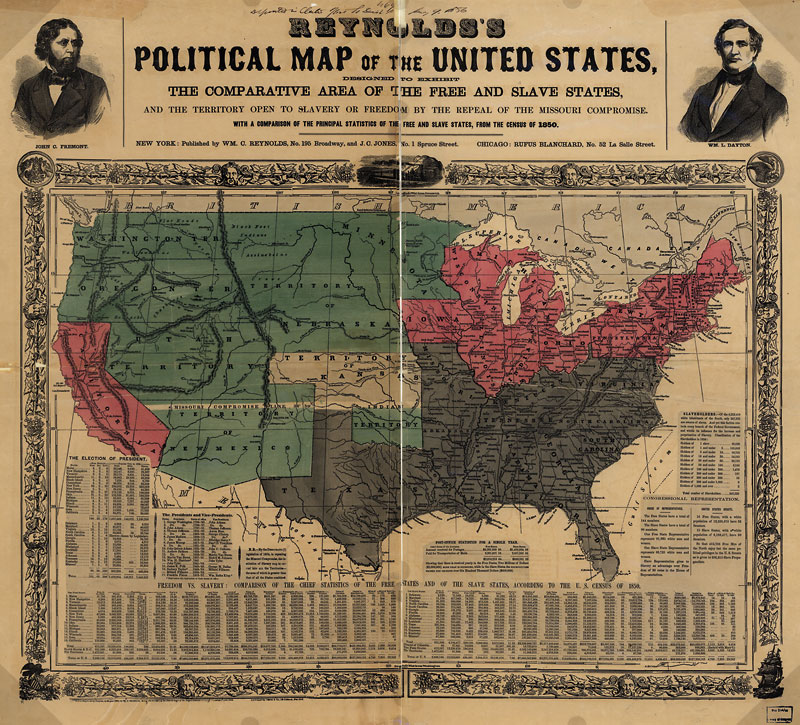


Buck, The Planting of Civilization in Western Pennsylvania. BIBLIOGRAPHYīuck, Solon J., and Elizabeth H. Historically the Mason-Dixon line embodies a Pennsylvania boundary triumph. That dispute ended when joint commissioners of the two states agreed to extend the Mason and Dixon line westward, a settlement not completed until 1784. Both colonies tried to exercise jurisdiction in the area, which led to conflicts in 17. In the meantime Virginia claimed most of what is now southwestern Pennsylvania. In 1767, after four years' work, Mason and Dixon located the boundary line between Maryland and Pennsylvania at 39° 44' north latitude. Under its terms, two English surveyors, Charles Mason and Jeremiah Dixon, surveyed the boundary line. In 1760, after years of conferences, appeals to the Privy Council, much correspondence, attempted occupation, forced removal of settlers, and temporary agreements, the Maryland and Pennsylvania proprietors reached an agreement to resolve the dispute. Had all Maryland claims been established, Philadelphia would have been within Maryland. Had all Pennsylvania claims been substantiated, Baltimore would have been included in Pennsylvania, and Maryland reduced to a narrow strip.
:max_bytes(150000):strip_icc()/GettyImages-73070899-5b60bdc246e0fb00502263ac.jpg)
#Mason dixon line full
A full century of dispute with regard to the southern boundary of Pennsylvania was the result. The terms of the two charters were inconsistent and contradictory. The Maryland Charter of 1632 granted to the Calvert family lands lying north of the Potomac River and "under the fortieth degree of Northerly Latitude." Almost fifty years later (1681), Charles II issued a charter making William Penn proprietor of lands between latitudes 40° N and 43° N and running west from the Delaware River though five degrees in longitude. The first dispute was between Maryland and Pennsylvania. The present Mason and Dixon line was the final result of several highly involved colonial and state boundary disputes.
#Mason dixon line free
It is best known historically as the dividing line between slavery and free soil in the period of history before the Civil War, but to some extent it has remained the symbolic border line-political, cultural, and social-between North and South. Line of Delaware, Maryland, and West Virginia, formerly part of Virginia. MASON-DIXON LINE is the southern boundary line of Pennsylvania, and thereby the northern boundary


 0 kommentar(er)
0 kommentar(er)
